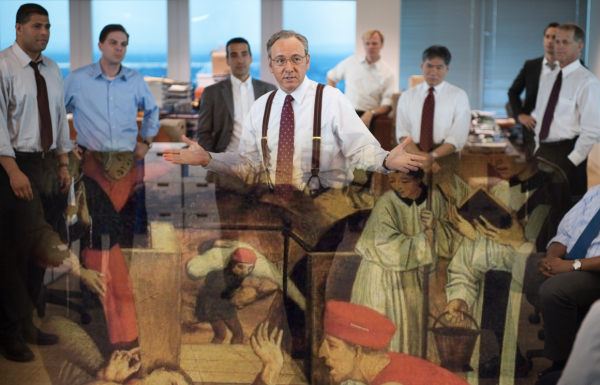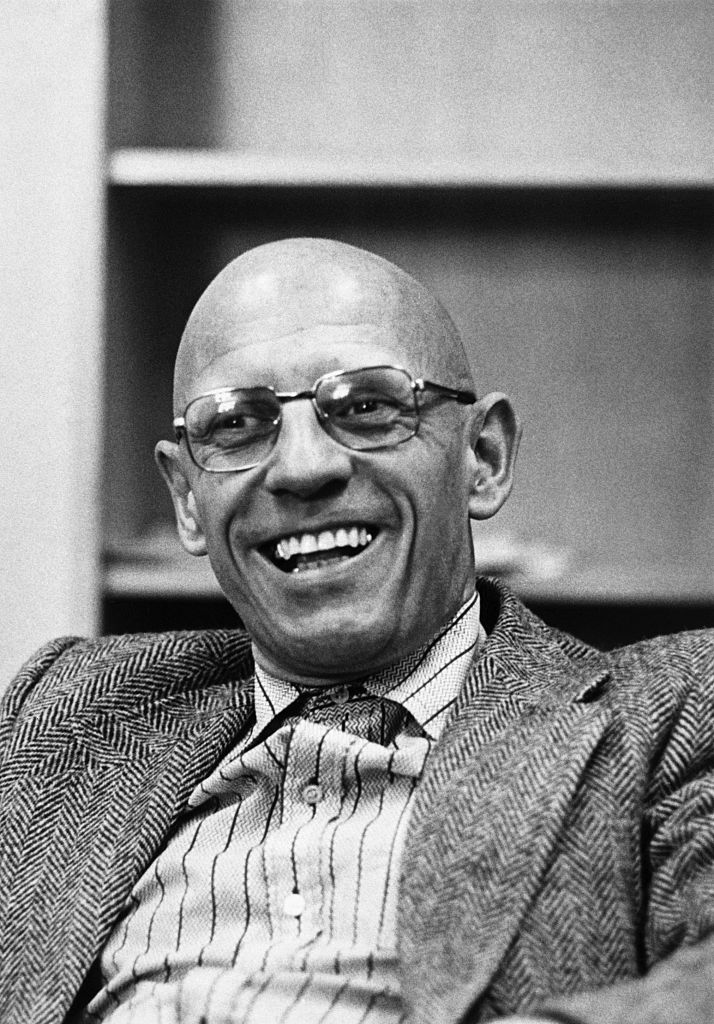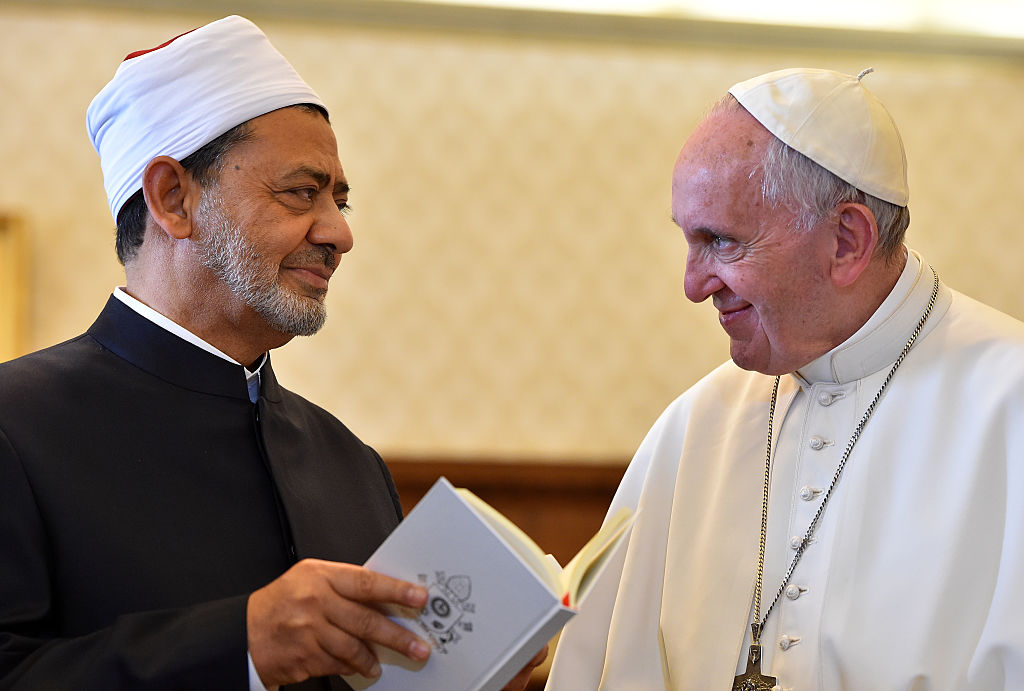We blew it. Normies are paying a heavy price.
Benedict’s Middle Path

A model of moderation, discernment, and erudition
When will we see the likes of Pope Benedict XVI again? He was a man of immense theological and historical erudition, a gentle soul who did not hesitate to defend enduring verities when they came under systematic assault, a dedicated priest and servant of the Church.
As one would expect, the image of Benedict promoted by the likes of the Guardian, Le Monde, the New York Times, and the entirety of the global progressive press, secular and religious, lacks all verisimilitude. Where the late pope and pope emeritus judged men and deeds according to unchanging standards of good and evil and right and wrong, but with the requisite mercy and care appropriate to fallen human beings, those who despised him relegated all thought and action, including his, to the deforming categories of “progress” and “reaction.” Thus Benedict, who breathed the air of freedom and who never condemned modernity tout court, was relegated to the camps of “authoritarianism” and “reaction” by those determined to take their bearings from the fashionable trends of the day and the assorted ideological clichés that accompany them. As Anthony Esolen has written, in truth Benedict recovered what the French Thomistic philosopher Jacques Maritain had called the full “range of reason” rooted in the confidence that Reason, Meaning, and Purpose, capaciously understood, are at the heart of the created natural order. It is true that his approach and “voice” were, finally, more theological than philosophical, drawing on Scripture, the Church Fathers east and west, especially Sts. Augustine, Bonaventure, and John Henry Newman, along with his friends and contemporaries such as Henri de Lubac and Hans von Balthasar. His was always the path of “faith seeking understanding,” and he was the exemplary representative of that noble and elevating path globally in the last five or six decades of his life.
Joseph Ratzinger, the name by which Benedict was known until he became pope in 2005, was in truth neither a “progressive” nor a “reactionary”—those categories were wholly alien to him as they ought to be to all men and women guided and informed by authentic faith and reason. Born in Bavaria to a Catholic family that repudiated Nazi paganism, racialism, and totalitarianism, he saw “radical Evil” as a young boy. Forced to enroll in the Hitler Youth in 1941, he refused to attend its meetings. Like his great predecessor, friend, and collaborator Pope John Paul II, he was deeply marked by a firsthand experience of European totalitarianism. Ordained a priest in 1951, he studied Augustine and Bonaventure with the greatest care and distanced himself from a Thomism that had become too formulaic and lifeless in official Catholic circles. But he never lost respect for the monumental achievement of St. Thomas in bringing classical philosophy and classical Christian theology into a mutually enriching dialogue and embrace. The young Ratzinger clearly saw the need for renewal and reform in the Church, but to be guided by a “hermeneutic of continuity” that built upon, and never subverted, the apostolic inheritance and unchanging moral law. He always rejected the historicist view that the Holy Spirit revealed Himself though the Zeitgeist and “signs of the times,” understood ideologically rather than eschatologically. That perverse identification of the Holy Spirit with the alleged “movement of History” still dominates “progressive” Catholicism and motivates officials in the Curia who speak in the name of Pope Francis. For them, there are seemingly no “Permanent Things.” In contrast, for Ratzinger/Benedict, the age-old truths made manifest by faith and reason must be adopted to new historical and cultural circumstances, but those truths do not fundamentally change.
This framework of continuity and renewal guided Ratzinger’s thinking from his days as a young theologian. An advisor to Cardinal Frings at the Second Vatican Council (1962-1966), he initially thought the council could renew the Church in unproblematic ways. By 1967, he came to believe that an unprecedented “fog of uncertainty” had undermined the implementation of the Second Vatican Council. Facile progressivism had come to replace a truthful and salutary “hermeneutic of continuity.” Instead of a self-confident dialogue with the modern world, currents within the Church were “kneeling before the world,” as Maritain described, reinterpreting the Christian faith in a fundamentally ideological spirit and flirting with liturgical delirium, utopian politics, and humanitarianism. The Church, which had self-consciously resisted “modernity without restraint” in previous centuries, was now in danger of succumbing to it.
Ratzinger did not believe that it was wise for the Church to follow Pope Pius IX and the “bitter and radical condemnation of the spirit of the modern age” that Pius had thunderously proclaimed in his famous (or infamous) Syllabus of Errors (1864). Modernity was far more variegated than Pius had appreciated; for example, as Benedict wrote in 2005, “the American Revolution was offering a model of a modern State that differed from the theoretical model with radical tendencies that had emerged during the second phase of the French Revolution.” But for Benedict both the proto-totalitarian and relativistic sides of modernity must be firmly rejected. One should never forget that twentieth century totalitarianism took modernist premises to their self-destructive and self-enslaving conclusions. In tune with an older Catholic wisdom, Ratzinger saw in the late 1960s the symbiotic relationship between a freedom bereft of moral limits and elevating virtues and the totalitarian destruction of human liberty and dignity. The young Ratzinger supported the Church’s fulsome endorsement of religious liberty, but never on exclusively modernist grounds. Looking back retrospectively in 2005, he saw the dangers of grounding religious liberty in “the human inability to discover the truth.” So understood, religious liberty, a fundamental human right and a necessary bulwark against tyranny and repression, becomes “a canonization of relativism.” It becomes an obstacle to the authentic search for truth and the practice of a morally and intellectually serious religious life.
Likewise, Benedict endorsed the enhanced role that the affirmation of moral conscience played in the official documents of the council. But like one of his most profound inspirations, Newman, he warned against the confusion of conscience with a radical subjectivism that was little more than a cover for moral laxity. Conscience is best understood as a form of anamnesis, a remembrance of the primordial sense of right and wrong written by God in the hearts of men. To conflate conscience with subjectivism, with self-affirmation, is to make a wreck of the moral economy at the heart of the human soul. Unlike “progressive” theologians, Benedict refused to sever the intrinsic connections among freedom, truth, and responsibility. Hence his famous warning in a sermon delivered in April 2005 about “the dictatorship of relativism that does not recognize anything as definitive and whose ultimate goal consists solely of one’s own ego and desires.”
One of Ratzinger’s most beautiful and discerning books is Introduction to Christianity, which elucidates the meaning of the Apostle’s Creed in a thoughtful and accessible way, avoiding the progressivist dilution of the faith and the equation of orthodoxy and fidelity to creedal Christianity with a rigid fundamentalism.
That same via media is on display in the three volumes of Jesus of Nazareth that Benedict completed while holding the office of pope. The immense erudition on display in those volumes is used not to explain the faith away, but enriches it through exegesis informed by faith, and by ample resort to the spiritually eye-opening readings of Holy Scripture drawn from a full array of Church Fathers. The Resurrection is no mere “symbol” for Pope Benedict. But Christ was not resuscitated like Lazarus (as famously recounted in the Gospel of John). It took time for the disciples on the road to Emmaus to recognize the resurrected Jesus and the same can be said for the twelve hiding in the upper room. Christ indeed lives in all his glory, still present in the lives of the Church and the hearts of men and women, while being at one with the Father in Heaven. But as the Church Fathers insisted, Heaven is not to be understood as a spatio-temporal place somewhere in the visible universe. One thinks of Khrushchev, shaped by primitive Marxist-Leninist atheistic propaganda, who proudly announced that the Soviet cosmonauts had disproved the existence of God because they did not see Him during their space travels. In contrast, Pope Benedict restored Catholic orthodoxy to an exegesis worthy of the Church Fathers, while making use of the best modern scholarship.
Pope Benedict XVI also made a remarkable contribution to what the late James V. Schall, S.J., liked to call “Roman Catholic political philosophy.” This required a good deal of critical discernment and rejection of ideological substitutes for the faith. As the “Preface” to Introduction to Christianity that Ratzinger/Benedict wrote for the edition republished in 2000 makes clear, he loathed “the spirit of 1968,” the dream of a freedom divorced from religious truth, moral self-limitation, and a proper deference to the wisdom of the past. He adamantly rejected the absurd claim that Marx could do for Christianity what Aristotle had done for it in the thirteenth century: he saw in Marx and Marxism a new road to despotism and a frontal assault on Christian hope, rightly understood. No more than Eric Voegelin, with whom he briefly corresponded in Munich, did Ratzinger want to “immanentize the eschaton” by trying to establish the Kingdom of Heaven on earth. It pained Ratzinger that after the annus mirabilus of 1989, “how little was said about the horrors of the Communist Gulag, how isolated Solzhenitsyn’s voice remained.” And instead of returning to authentic Christian faith, to a firm embrace of the range of reason and the promises of God, the Western world increasingly turned to religious indifference and moral subjectivism, nontheistic eastern religions, or a relativized Christ as a holy sage, an ethical teacher, or a social activist. But “separated from his Godhead,” Benedict recalled, Christ is in fact of little interest. In doing so, the Gospels are mutilated beyond recognition, and hope is fatally undermined.
Benedict believed in the promises of God and thus never lost hope. And he had confidence in the efficacy of free human action guided by God’s saving grace. But he had no illusions about how far late modernity had sunk. In the interviews that Peter Seewald conducted after his resignation as pope in February 2013 (and also in a final set of interviews conducted in the autumn of 2018), the pope emeritus spoke ominously of a “global dictatorship of ostensibly humanist ideologies.” And he added that contradicting this tyrannical ideology or overlapping set of ideologies meant “being excluded from the basic social consensus.” In today’s climate, to oppose homosexual marriage, abortion on demand, and “creating human beings in a laboratory” is to be “punished with social excommunication.” Could the Church resist “this spiritual power of AntiChrist?” The life, writings, and witness of Benedict XVI further demonstrate how real and how terrible these betrayals are.
The American Mind presents a range of perspectives. Views are writers’ own and do not necessarily represent those of The Claremont Institute.
The American Mind is a publication of the Claremont Institute, a non-profit 501(c)(3) organization, dedicated to restoring the principles of the American Founding to their rightful, preeminent authority in our national life. Interested in supporting our work? Gifts to the Claremont Institute are tax-deductible.
On the crazy French origins of today’s crazy academic ideas.
The substitution of radical social politics for doctrine spells doom for millions of Catholic faithful.



